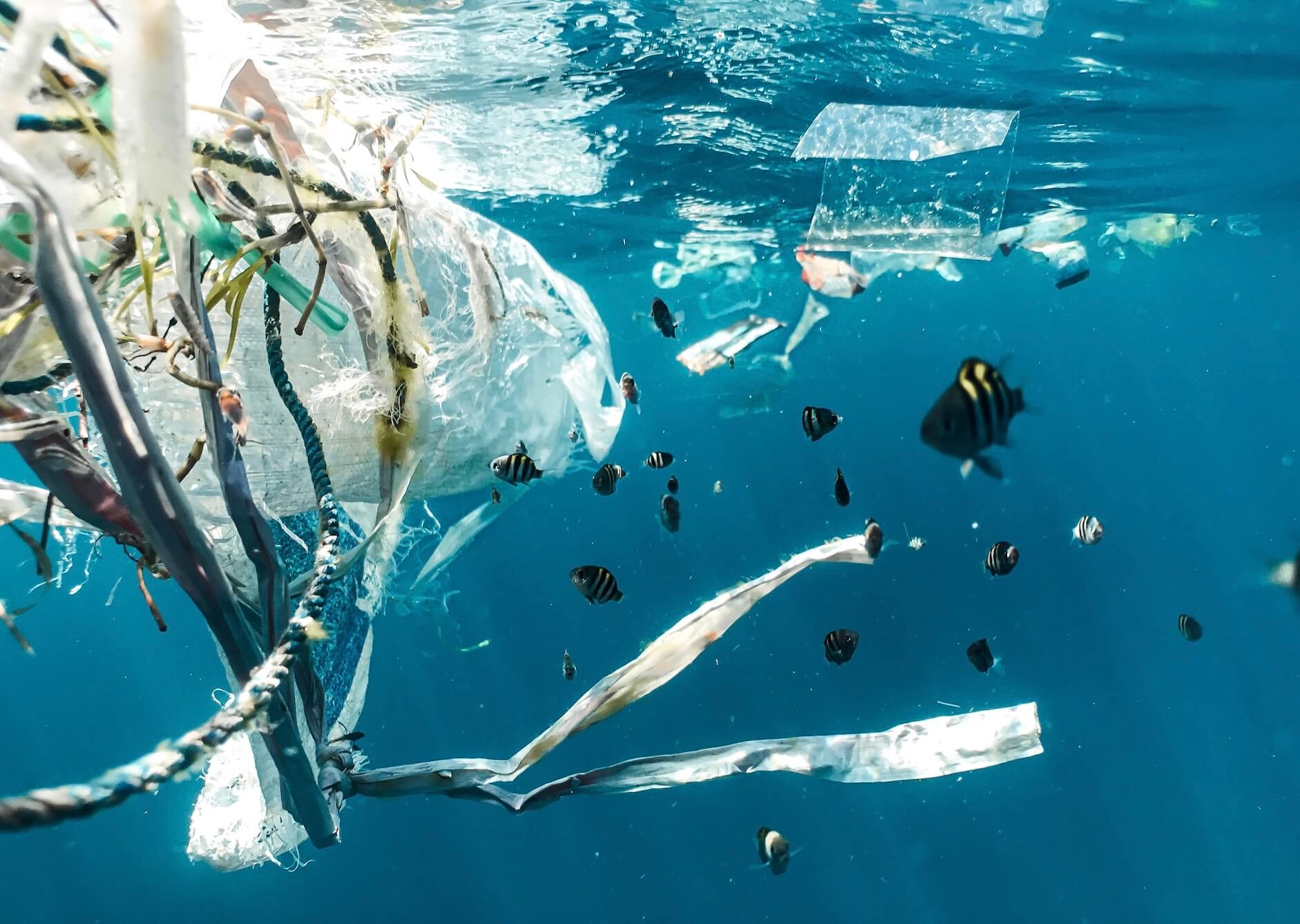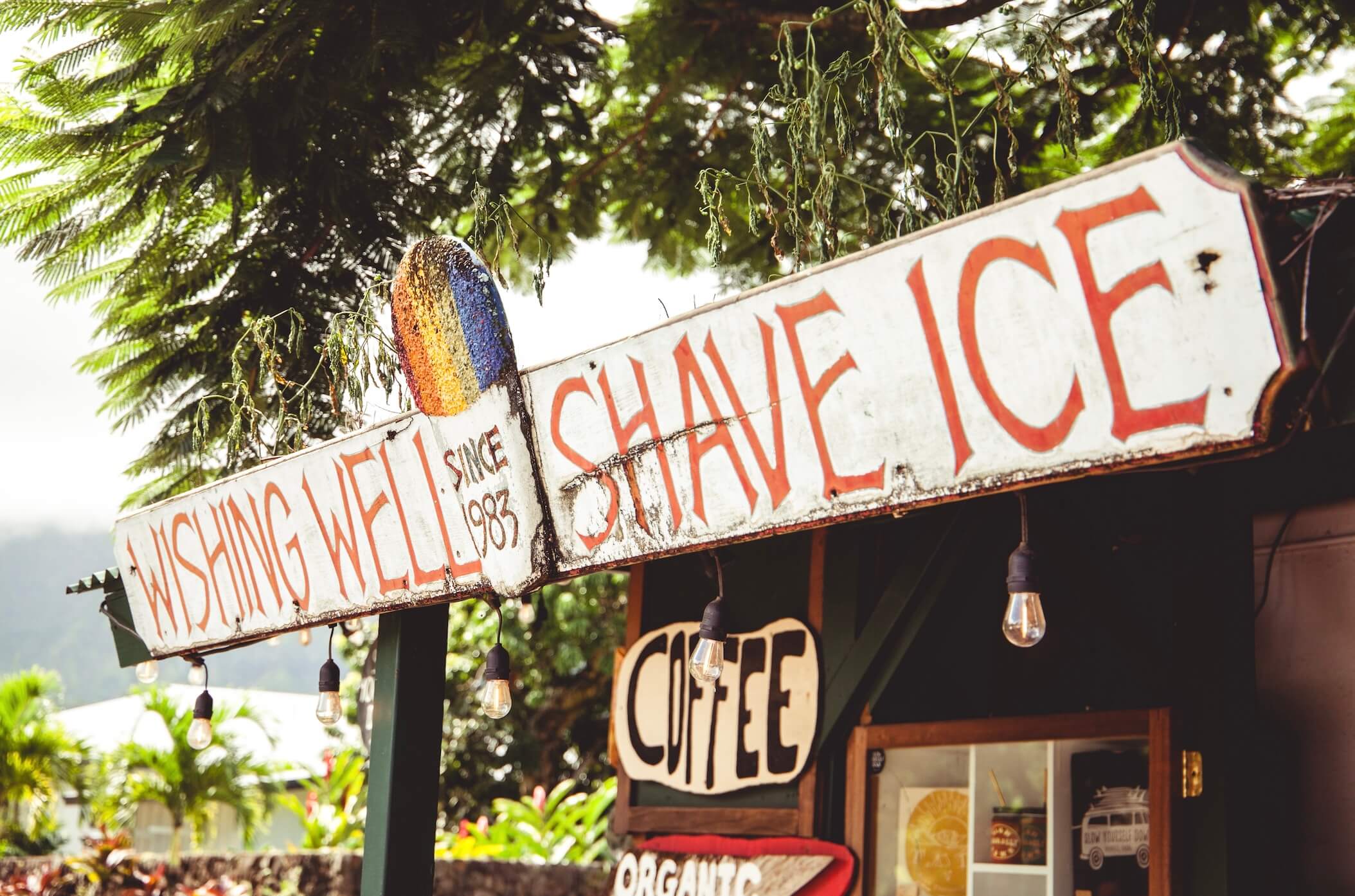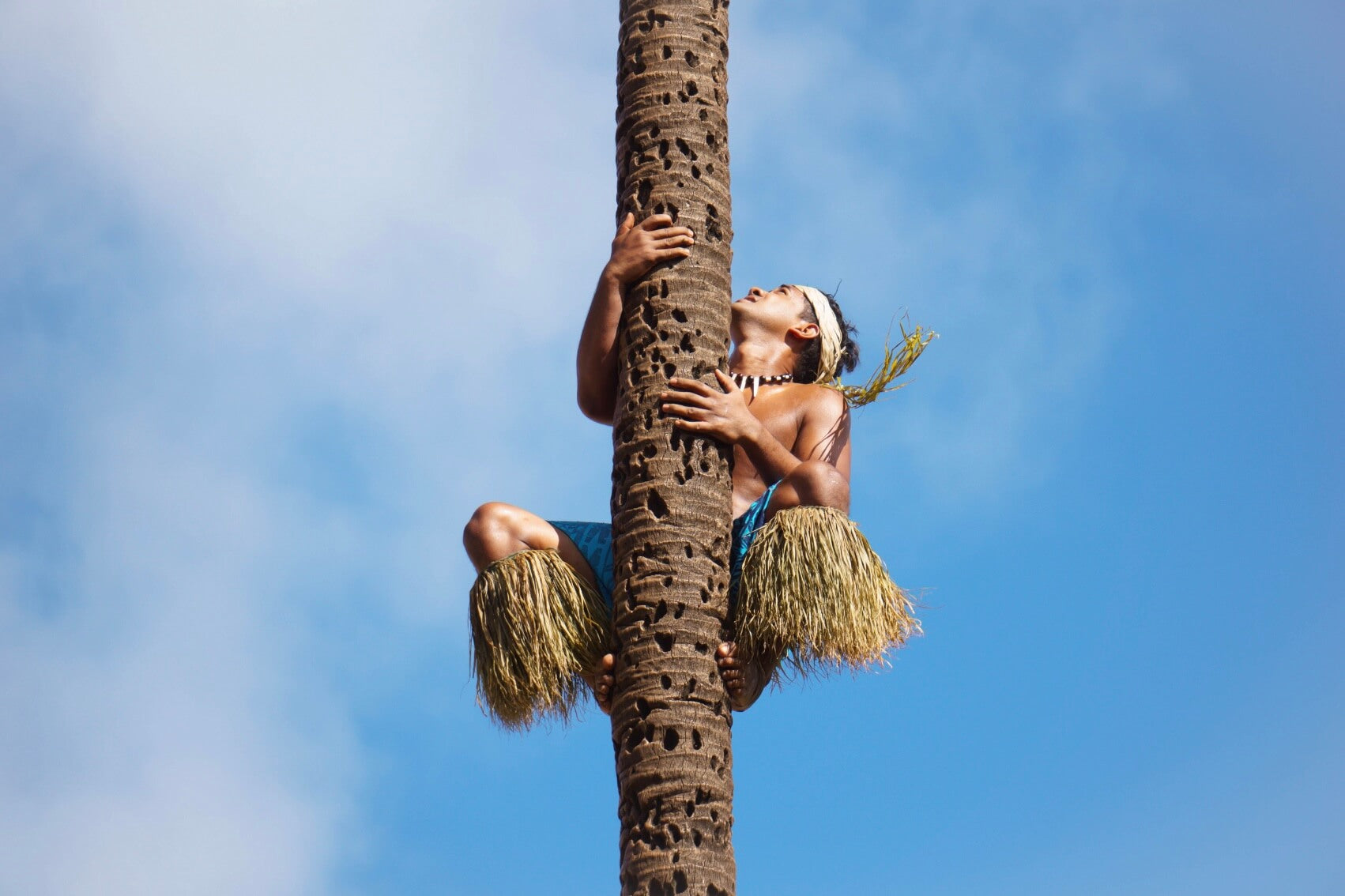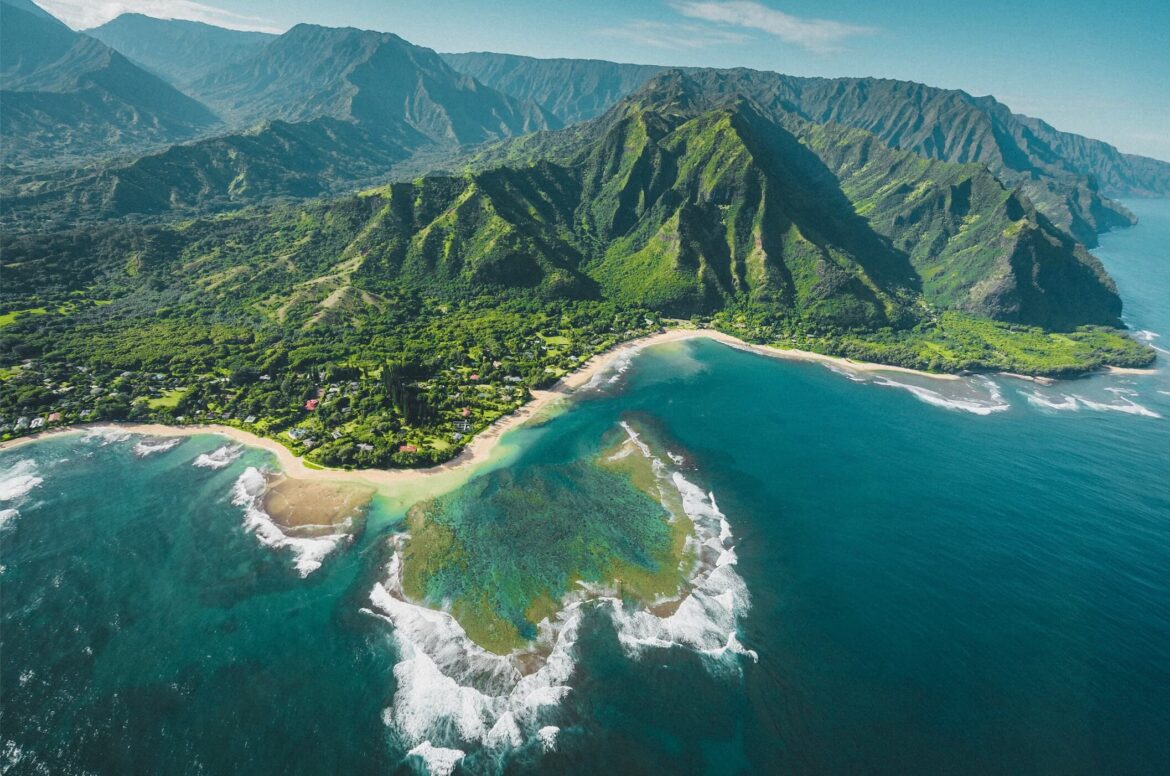Table of Contents
Sustainability while traveling is a growing concern, as Bloomberg reports that tourism accounts for an estimated 11% of global greenhouse gas emissions. Besides air pollution, tourism can also cause the depletion of local natural resources. This is especially pressing for tourist hotspots like the island of Hawaii, which has experienced environmental degradation because of tourists who litter and interfere with local wildlife. The effects of tourism have caused some issues for locals, who are left to deal with the damage, while tourists can go back home without dealing with the consequences.
The recent wildfires in Maui have only highlighted the need for more sustainable travel practices to help Hawaii recover and preserve the natural resources within its locality. There are many different ways to practice eco-friendly tourism, and we have compiled a list of the best sustainable travel practices that you should follow if you’re visiting Hawaii soon.
Avoid single-use plastic

According to the Hawaii Wildlife Fund (HWF), an estimated 15-20 tons of marine waste wash up on Hawaii’s shores each year. Of this waste, 96% is made of plastic. Most of the plastic that ends up polluting bodies of water are single-use items such as straws, plastic bags, utensils, protective wrappers, and water bottles.
To avoid single-use plastics, prep ahead and pack reusable alternatives. Our blog post entitled ‘Guide to Zero-Waste Travel’ shares that bringing your own reusables is not only better for the environment, but also for your wallet as some places charge you for plastic items. As it happens, in Hawaii, you get charged for using plastic bags at grocery stores. Instead, you can bring metal or bamboo utensils that you can easily wash and store. Glass or steel canisters are also great alternatives to bottled water since you can just refill them. Finally, linen tote bags can carry any purchases, so you won’t have to ask for more bags. This creates a more personalized travel experience without adding to the waste problem experienced by Hawaii.
Related: The Plastic Pandemic and its Environmental Cost
Rent an electric car

Renting a car is one of the best ways to get around Hawaii, and the local car rental industry makes it easily accessible for visitors flying into the island. Upon arrival, you’re going to see car rentals at Honolulu Airport, where you can choose an electric vehicle to suit your travel needs while remaining eco-friendly. You can also take advantage of lower rental prices at the airport, compared to pricer rates at resort towns like Waikiki. All you have to do is head on to the airport’s CONRAC Consolidated Car Rental Facility, where all of the car rental companies are situated for convenience.
In line with sustainability practices, the State of Hawaii highlights the use of electric cars. Act 073 of local climate legislation details the state’s plan to gradually shift towards electric cars to reduce pollution and urges more people to opt for zero-emission vehicles. As such, renting an electric car during your stay will greatly benefit Hawaii’s environmental efforts as you enjoy driving around the winding roads along the island’s shores.
Related: The Environmental Benefits Of Electric Cars, And Why You Should Consider Buying One
Support local businesses

Supporting local businesses greatly impacts the environment. These businesses tend to be smaller and source their ingredients or materials locally, which produces less travel waste. Moreover, local businesses can better participate in their area’s recycling programs and ensure the sustainable sourcing of what they sell to customers. You can shop at the Kailua Farmers’ Market during your trip and indulge in rich cuisine sold by food vendors showcasing their unique products and locally sourced ingredients. Most farmers’ markets also sell clothes and other souvenirs, with each purchase directly supporting the local economy and livelihood of Hawaiian residents.
Respect natural resources and local culture

Native Hawaiians put great emphasis on respecting nature through their beliefs, which is why any visitors to the island should do the same. Some of the easiest practices include not littering, respecting wildlife, and acknowledging the local Polynesian culture and practices. Other concrete ways to ensure you’re honoring the cultural legacy of Hawaii is by not taking lava rocks, beach sand, or local flora, all of which are said to contain mana (energy or life force) of the island. Native Hawaiians have reverence for nature and find it disrespectful when visitors overstep their cultural boundaries. Taking from natural resources can also cause environmental degradation in the long run, so it’s important to listen to the locals and heed their advice when it comes to respecting their homeland.
